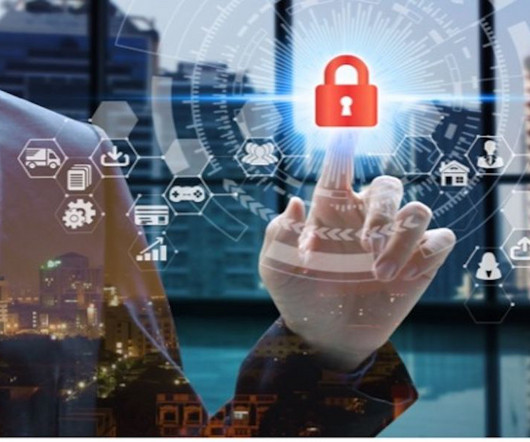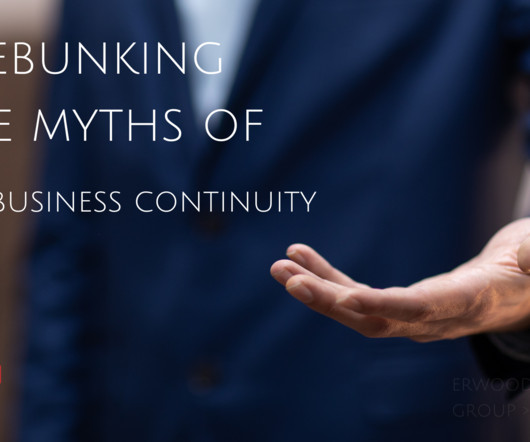Year in Review: Key Trends in Critical Event Management
everbridge
DECEMBER 19, 2023
The United States Department of Homeland Security introduced a comprehensive cybersecurity framework, placing a strong emphasis on merging the worlds of physical and digital security. Lessons Learned: Exploration of Cybersecurity Vulnerabilities: In 2023, a surge in cyberattacks exposed vulnerabilities across various sectors.






















Let's personalize your content